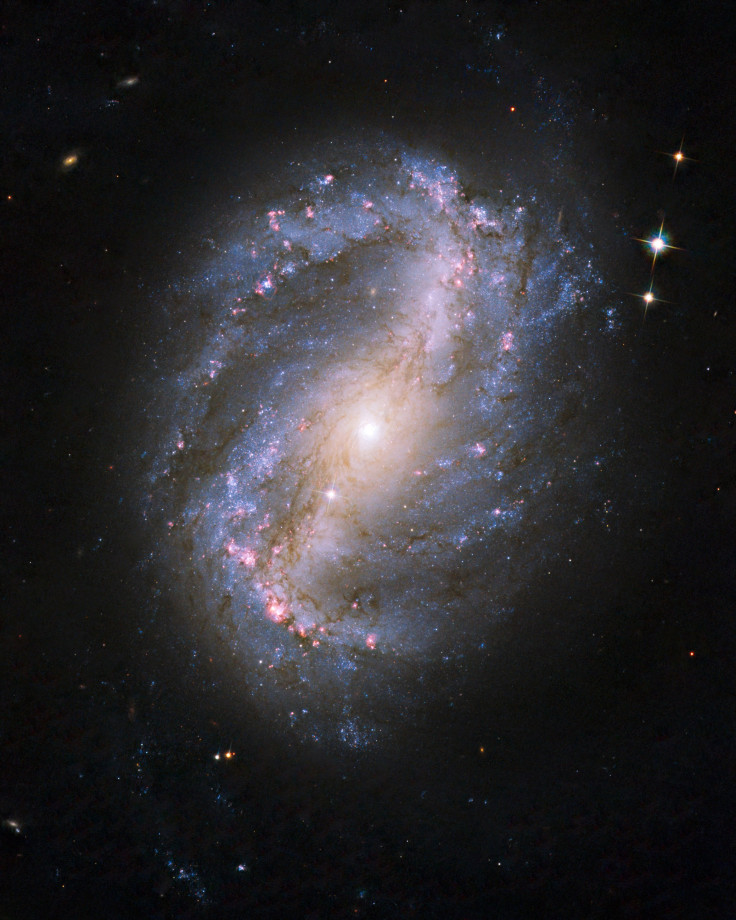Scientists Receive Alien Radio Signals From Galaxy 8 Billion Light Years Away

Scientists have received another burst of alien radio signal that’s been pinpointed to a galaxy that’s almost 8 billion light years away. One of the theories regarding the origin of the radio burst suggests that it was sent by extraterrestrials.
Using the Owens Valley Radio Observatory (OVRO) at the California Institute of Technology (Caltech), researchers were able to intercept a new fast radio burst dubbed as FRB 190523. Through the help of Hawaii’s W.M. Keck Observatory, the origin of the burst was pinpointed to a galaxy that’s 7.9 billion light years away.
The new discovery happened just about a week after another fast radio burst was intercepted by a team of researchers from Australia. According to their findings, it originated 4 billion light years away. Before that, a radio burst dubbed as FRB 121002 was detected in 2014. The same signal was intercepted again in 2017.
According to Vikram Ravi of Caltech, detecting fast radio bursts can be difficult since they are considered to be rare cosmic events.
“Finding the locations of the one-off [fast radio bursts] is challenging because it requires a radio telescope that can both discover these extremely short events and locate them with the resolving power of a mile-wide radio dish,” he said in a statement.
Due to the odd nature of the radio bursts, some scientists believe that they came from extraterrestrial beings. However, since they originated from billions of light years away, the alien beings that sent them were most likely from an ancient race.
Another theory with a more natural explanation suggests that the radio bursts were caused by the plasma eruptions of highly magnetic neutron stars, also known as magnetars. However, Ravi noted that this isn’t always the case due to the varying nature of FRB 121102 and FRB 190523’s host galaxies.
“The theory that [fast radio bursts] come from magnetars was developed in part because the earlier FRB 121102 came from an active star-forming event, where young magnetars can be formed in the supernovae of massive stars,” he explained. “But the host galaxy of FRB 190523 is more mellow in comparison.”
Due to the contradicting nature of the radio signals, Ravi and his team intend to stay on the lookout for other bursts in order to get a clearer idea of their origins.
The findings of the researchers on the new fast radio burst were detailed in a study published in the journal Nature.
© Copyright IBTimes 2024. All rights reserved.





















